A Detailed Explanation on How to Operate a Ship’s Ballast System
Ballast and de-ballast operations on the ship must be carried out by an experienced and responsible officer as it is directly related to the stability factor of the ship.
A ballast system may differ from ship to ship but the basics of all ballast systems remain the same; filling, removing, and transferring water from one tank to other to get the required stability for a ship.
Getting Familiar with the System
All valves in the ballast system are normally hydraulically operated from the remote operator station in the ship’s control centre or in the ECR in manual mode or in automatic sequence.
The ballast pump suction and discharge valves, along with other valves, have their fail-safe in the OPEN position so that if any valve malfunction or get stuck, still remains open to carry out ballast operation.
The overboard discharge valves have their fail-safe as fail-stay position
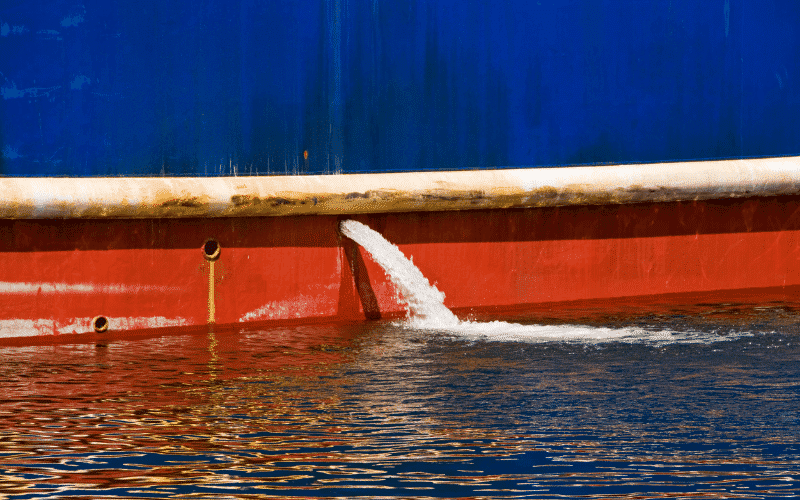
Different Forms of Ballasting and De-ballasting
Ballasting or De-ballasting can be done in five following ways:
- Transferring water between tanks using gravity.
- Ballasting or De-ballasting tanks from the sea using gravity.
- Ballasting the tanks using the ballast pump/pumps.
- De-ballasting the tanks using the ballast pump/pumps.
- De-ballasting the tanks using the stripping ejectors.
Note: Double bottom tanks should always be filled by gravity.
Important Points to Consider while Operating Ship’s Ballast System
Care should be taken to ensure that the tank is not overfilled; as this will damage the tanks because the pressure vacuum valves have a lower capacity than that of the pump. The filling valves will close automatically when the tanks reach their set point level, which has been pre-set.
[the_ad id=’172861′]
Also, care has to be taken not to run the pump dry or run the pump with discharge valves closed. This can be taken care of by an automated system, which ensures that the pump will not start until all the necessary valves are opened.
Valves can be put in auto mode, which ensures that the valve closes automatically once the ballast tank is filled with the required amount of water or once the setpoint is reached.
Port and starboard sides are considered two separate systems, each having its own automatic sequence for ballast /de-ballasting.
When filling ballast tanks with ballast pumps it should be observed that the motors are not overloaded (check current in ammeter). If this occurs, the number of opened valves to ballast tanks shall immediately be reduced (closed) until the current is within the allowable limit. A ballast pump motor overload alarm is given for the safety of the ballast pump.
Sometimes during a sea voyage, one can get an alarm on the ballast pumps suction pressure high. At that time just open the suction valve to the sea chest and close them when the pressure is reduced.
The water in the heeling tanks should always be half of their total capacity. But if required the heeling tanks can be used as ballast tanks. The ballast pump is used to empty or fill the heeling tank.
Also in some ports, the port authorities may ask for a sample of the ballast that the ship is carrying. In this case, the sample has to be taken from the sounding pipe connection. The locations of all the sounding pipes are provided on the ballast system plan of the ship.
You may also like to read-What is Ballast Water Management Plan?
Do you have info to share with us ? Suggest a correction
Latest Shipboard Guidelines Articles You Would Like:

About Author
An ardent sailor and a techie, Anish Wankhede has voyaged on a number of ships as a marine engineer officer. He loves multitasking, networking, and troubleshooting. He is the one behind the unique creativity and aesthetics at Marine Insight.
Subscribe To Our Newsletters
By subscribing, you agree to our Privacy Policy and may receive occasional deal communications; you can unsubscribe anytime.



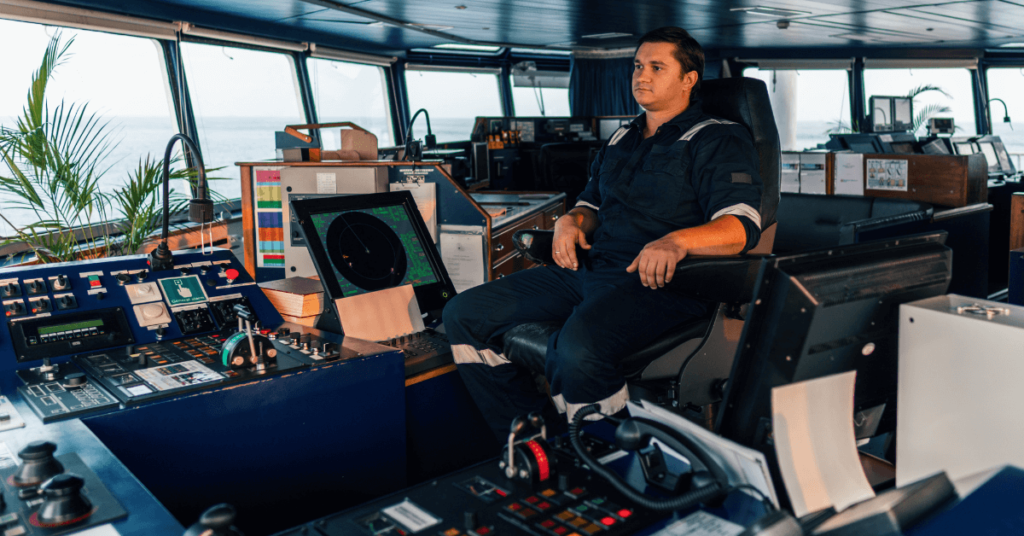
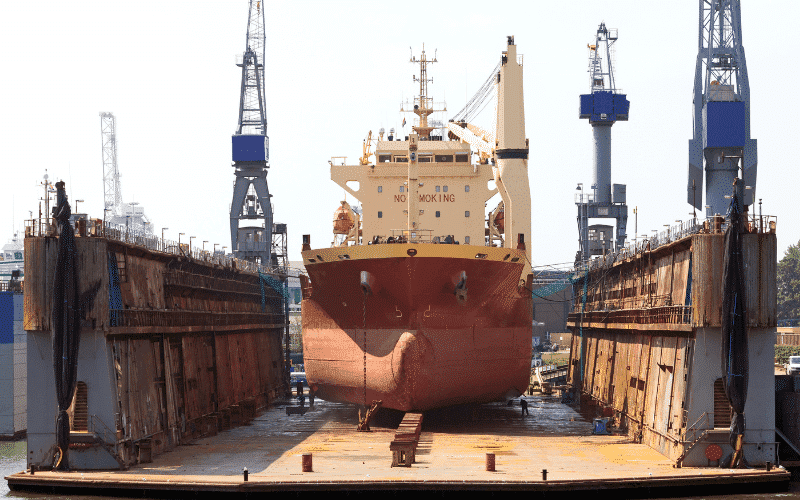

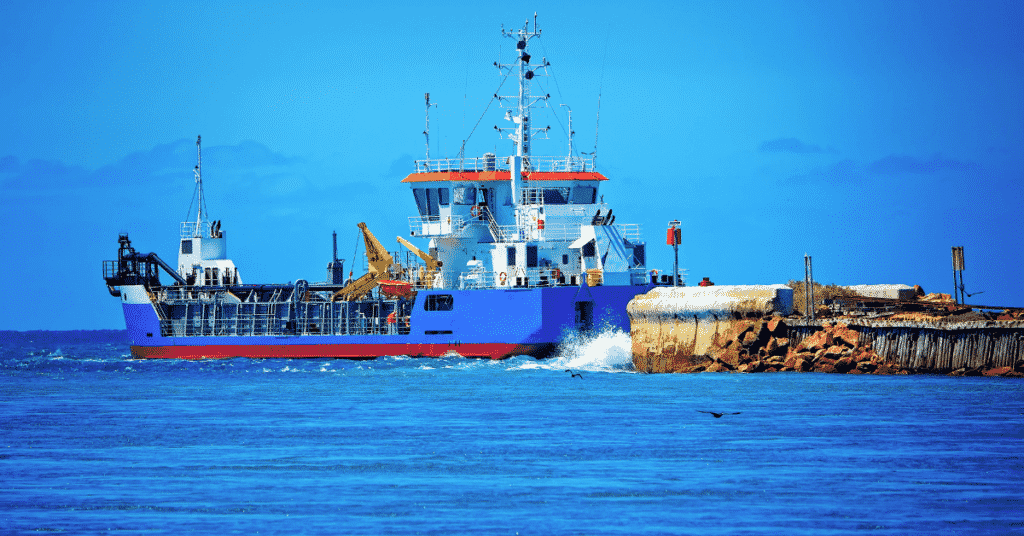
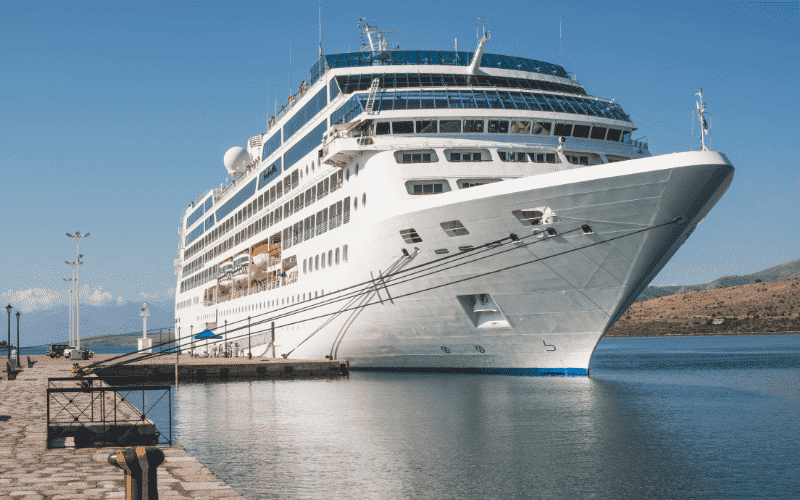
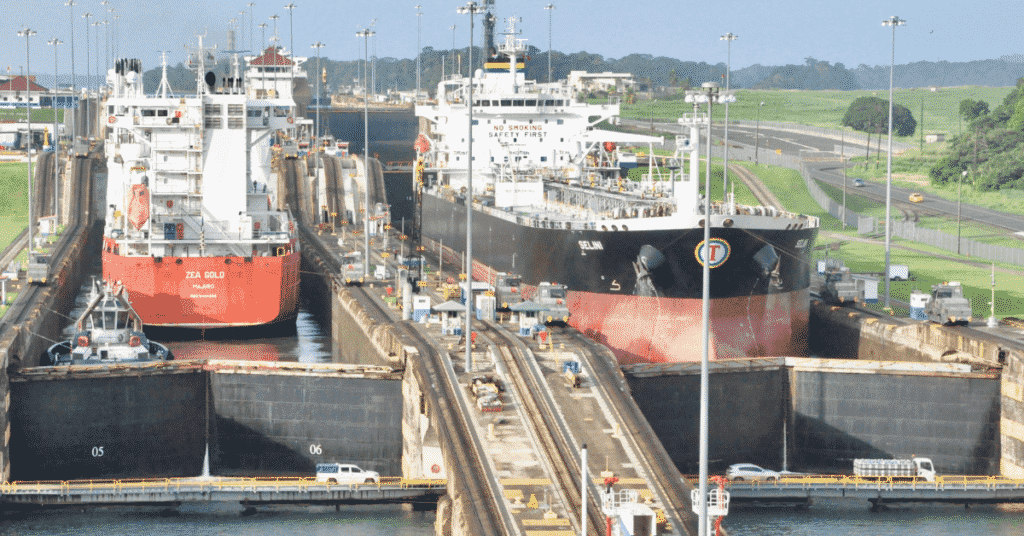


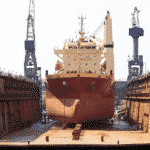

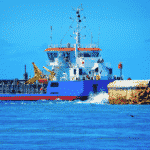
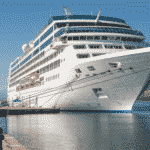
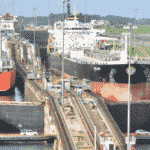
i would like to have data about ballasting on ships regarding the principle and working of ballast system on a ship please mail me some data.
if possible a slide presentation about the subject.
If possible I would like to see that slide show or a film would be awesome.
During the deballasting operation, what is the best time to transfer the ballast line from gravity out to ballast pump?
They difference between port and starboard.
I think if explain with diagram
,it will be more effective.
@Hty Linn: Thank you for your valuable suggestion. I do agree with you. Will use more diagrammatic representation for explaining similar subjects.